Arsenal Injury Crisis Deepens: Magalhães Doubtful as Four More Stars Miss Palace Clash
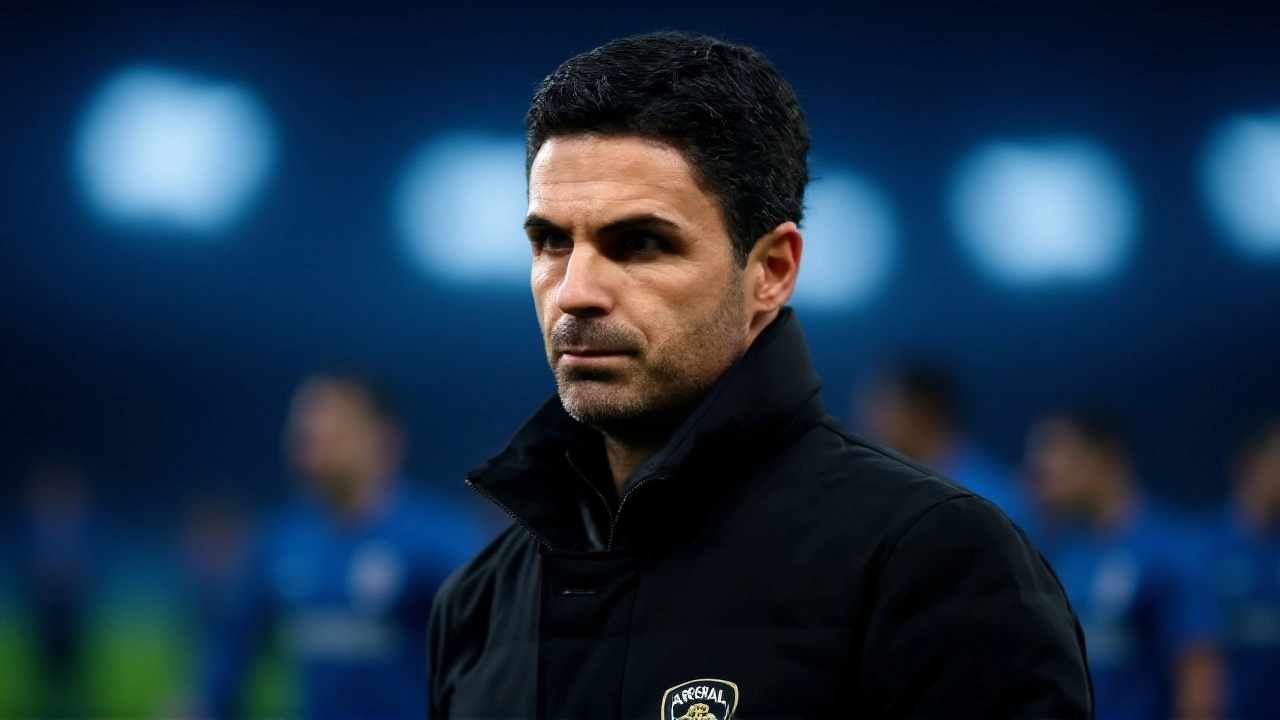
When Mikel Arteta, manager of Arsenal Football Club, spoke at the London Colney training centre on Friday, 24 October 2025, he confirmed that centre‑back Gabriel dos Santos Magalhães faces a major doubt for the upcoming Premier League showdown with Crystal Palace FC at Emirates Stadium. The 27‑year‑old Brazilian pulled a thigh muscle during Arsenal’s 2‑0 Champions League win over Atlético Madrid on 21 October, forcing a substitution in the 72nd minute after he had scored the opener and set up the second.
Injury Update and Immediate Implications
Arteta told reporters, “Big Gabi had to leave the pitch with an issue, and he hasn’t been able to train yet, so let’s see how he evolves in the next 24 hours, whether he’s available or not for the weekend.” The phrasing left the door open for a last‑minute decision, but the timing is awkward – Arsenal sit atop the league having conceded just three goals in eight matches, a defensive run that could eclipse Chelsea’s historic 15‑goal‑conceded record if it continues.
Should Magalhães miss Sunday’s game, Arteta is expected to turn to 22‑year‑old Colombian signing Cristhian Mosquera as the starting centre‑back, with Ecuadorian international Piero Hincapié serving as a backup. Daily Cannon’s Tom Gott warned that Hincapié’s lack of recent minutes could make his inclusion a “surprise”, especially given the high‑stakes nature of the London derby.
Depth of Arsenal’s Injury Crisis
The Magalhães dilemma is only the tip of an iceberg. Four other first‑team regulars are ruled out for the Palace match:
- Martin Ødegaard – captain, 26, nursing a knee problem sustained before the Atlético game. Sports Mole pegs his return for 23 November against Tottenham.
- Kai Havertz – 25, sidelined with an identical knee issue and linked to the same November timeline.
- Noni Madueke – 22, English winger acquired from Chelsea, undergoing knee rehab after a September 22 injury versus Manchester City.
- Gabriel Fernando de Jesus – 28, Brazilian striker who suffered an ACL tear on 14 September during a 1‑0 win over Manchester United. His projected comeback is 30 December at Villa Park.
Arteta summed up the situation on the same day: “They are progressing really well… but at the moment, none of them are yet in contention in the next week or so.”
Tactical Options for Arteta
Beyond Mosquera and Hincapié, the Gunners have other defensive contingencies. 21‑year‑old Italian left‑back Riccardo Calafiori could be shifted inside, partnering the ever‑reliable 23‑year‑old Dutch‑born William Saliba. On the flanks, 19‑year‑old English midfielder Myles Lewis‑Skelly offers a dynamic option, while the midfield remains thin without Ødegaard and Havertz.
Statistically, Arsenal’s defensive solidity this season (3 goals conceded, 0.38 per game) dwarfs Manchester City’s 2017/18 start (4 conceded). Yet the absence of a commanding centre‑back could inflate that average quickly, especially against a Palace side that boasts a hard‑working defensive line under manager Oliver Glasner.
Impact on Arsenal’s Season and Defensive Record
Maintaining the current defensive run is more than a brag‑ging exercise – it directly correlates with revenue. Deloitte’s Football Money League (published 15 January 2025) notes a 15 % rise in season‑ticket renewals for 2025/26, adding roughly £85 million in match‑day income during the first eight fixtures. A leaky back‑line could dent those numbers, especially if the team drops points in high‑profile London fixtures.
Historically, Arsenal have struggled when Magalhães is missing; he had started 92 league games since arriving from Lille in August 2020. His first absence in a competitive match would break a 43‑game streak dating back to 28 October 2024.
Looking Ahead: Future Fixtures and Return Timelines
The next big test comes on 23 November, when Arsenal host Tottenham Hotspur in the North London derby. That clash is earmarked as the likely stage for Ødegaard, Havertz, and Madueke to return – assuming their rehabilitation proceeds without setbacks.
Gabriel Jesus’s ACL recovery is progressing slower; the club’s medical staff, using cryotherapy chambers set at –110 °C and ultrasound imaging, estimate a late‑December return at Villa Park against Aston Villa.
Background: Arsenal’s Defensive Evolution
Since Arteta’s appointment in 2019, Arsenal have shifted from a traditionally open, attacking style to a more compact, high‑press system. The recruitment of physically dominant centre‑backs like Magalhães, alongside technically adept defenders such as Saliba, underpins this tactical shift. The current injury list, however, highlights the fragility of depth in a squad that often rotates to manage the congested calendar of Premier League, Champions League, and domestic cups.
Frequently Asked Questions
How will Magalhães' possible absence affect Arsenal’s defense against Palace?<\/h3>
Without Magalhães, Arsenal lose a 6‑ft‑8‑in aerial presence and a leader in the back line. Mosquera offers similar physicality, but his lack of Premier League minutes could lead to communication lapses, especially against Palace’s quick forwards. The team may concede more shots inside the box, raising the risk of dropping points.<\/p>
Without Magalhães, Arsenal lose a 6‑ft‑8‑in aerial presence and a leader in the back line. Mosquera offers similar physicality, but his lack of Premier League minutes could lead to communication lapses, especially against Palace’s quick forwards. The team may concede more shots inside the box, raising the risk of dropping points.<\/p>
Which players are most likely to feature in the starting XI for the Sunday match?<\/h3>
Arteta is expected to line up Cristhian Mosquera at centre‑back, paired with William Saliba. The midfield could see Thomas Partey anchoring, while the attack remains unchanged with Bukayo Saka and Gabriel Martinelli leading the line.<\/p>
Arteta is expected to line up Cristhian Mosquera at centre‑back, paired with William Saliba. The midfield could see Thomas Partey anchoring, while the attack remains unchanged with Bukayo Saka and Gabriel Martinelli leading the line.<\/p>
When can fans expect Ødegaard and Havertz back in the squad?<\/h3>
Both midfielders are slated for a possible return on 23 November against Tottenham, provided their knee rehabilitation stays on schedule. The club’s medical team has emphasized a cautious approach, so a last‑minute change cannot be ruled out.<\/p>
Both midfielders are slated for a possible return on 23 November against Tottenham, provided their knee rehabilitation stays on schedule. The club’s medical team has emphasized a cautious approach, so a last‑minute change cannot be ruled out.<\/p>
What does the injury list mean for Arsenal’s title ambitions?<\/h3>
Depth concerns could force Arteta to rotate more often, potentially affecting consistency. Nevertheless, the squad’s youth and technical talent allow for adaptable formations. If key players recover by the end of the year, Arsenal can still challenge for the title, but a prolonged defensive gap could hand rivals crucial points.<\/p>
Depth concerns could force Arteta to rotate more often, potentially affecting consistency. Nevertheless, the squad’s youth and technical talent allow for adaptable formations. If key players recover by the end of the year, Arsenal can still challenge for the title, but a prolonged defensive gap could hand rivals crucial points.<\/p>
How does the current defensive record compare historically?<\/h3>
Conceding three goals in eight league games is Arsenal’s best start since the 1993‑94 season and better than Manchester City’s 2017‑18 benchmark of four conceded. Maintaining this rate would set a new Premier League record for fewest goals allowed in a team’s first eight matches.<\/p>
Conceding three goals in eight league games is Arsenal’s best start since the 1993‑94 season and better than Manchester City’s 2017‑18 benchmark of four conceded. Maintaining this rate would set a new Premier League record for fewest goals allowed in a team’s first eight matches.<\/p>

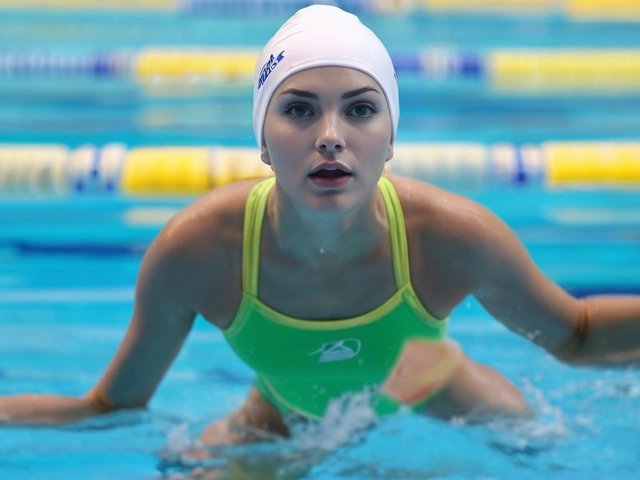
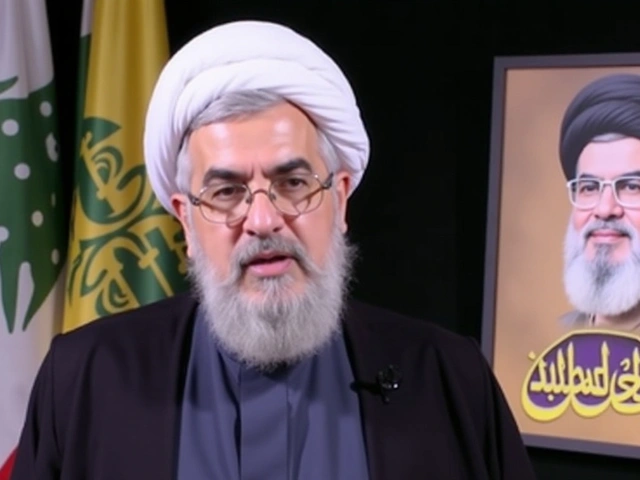
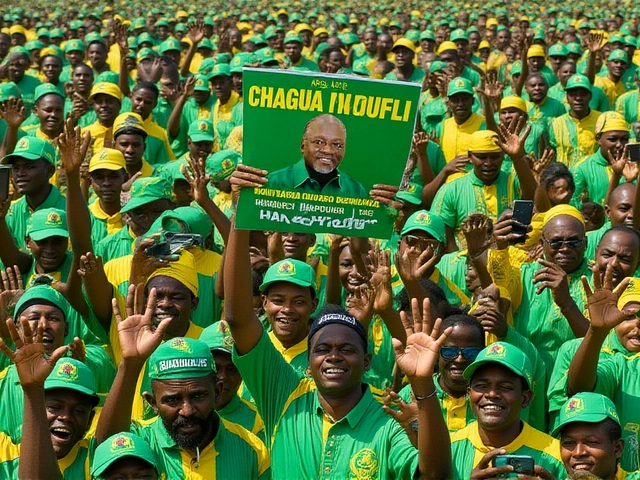
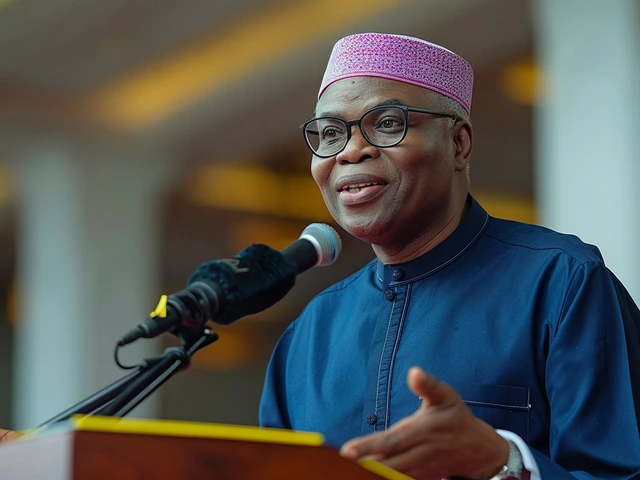

gaurav rawat
October 25, 2025 AT 20:41Yo fam, the back‑four looks a bit thin after the injuries, but we can still grind it out if the lads focus on compactness and quick transitions 🙌💪. Keep the communication tight, especially on set‑pieces, and Mosquera should get the nod with a bit of extra work on his positioning. Even with the midfield hit, Partey can drop deeper to shield the defense and give Saliba room to organise. Remember, a well‑drilled defensive block can outsmart a star‑studded opponent. Let’s keep the morale high and push through the crunch!
Vakiya dinesh Bharvad
October 27, 2025 AT 18:17Indian fans stand behind Arsenal even when star players are sidelined :) the spirit of the game unites us all
Aryan Chouhan
October 29, 2025 AT 16:52Magalhaes out is a big blow.
Tsering Bhutia
October 31, 2025 AT 15:27The injury list certainly tests Arteta’s squad depth, but there are tactical adjustments that can mitigate the loss.
Firstly, shifting Cristhian Mosquera into the centre‑back role offers physical presence, though his lack of Premier League minutes means a learning curve.
Pairing Mosquera with William Saliba restores a balance between raw power and ball‑playing ability.
In midfield, the absence of Ødegaard and Havertz forces a re‑configuration, perhaps moving Thomas Partey into a deeper pivot while granting Martinelli and Saka more freedom up front.
Myles Lewis‑Skelly, despite his youth, can provide energy on the flanks, stretching Palace’s shape.
Defensively, Riccardo Calafiori could be nudged inside to cover for the missing centre‑back, allowing full‑backs to remain aggressive.
This internal shift helps maintain the high‑press strategy that Arsenal have excelled at so far.
Statistically, Arsenal’s goals‑against average of 0.38 per game is impressive, yet even a single lapse could swing the match against them.
Palace’s forward line thrives on quick inter‑changes, so defensive cohesion and quick transitions become paramount.
Arteta’s man‑management will also be crucial; keeping the squad motivated despite the setbacks can preserve the winning mentality.
The mental resilience shown by the Gunners earlier this season suggests they can adapt under pressure.
Moreover, using the bench wisely to rotate fatigued players can prevent further injuries down the line.
Fans should also consider the financial implications – a dropped point could affect revenue streams tied to match‑day attendance.
Overall, while the injury crisis is severe, the blend of youthful vigor and experienced heads offers a viable path to a positive result.
If the team sticks to a compact defensive shape and exploits set‑piece opportunities, they can navigate the Palace clash successfully.
Narayan TT
November 2, 2025 AT 14:02Arteta must drop the pretension and field a raw, no‑nonsense backline now.
SONALI RAGHBOTRA
November 4, 2025 AT 12:38From a tactical perspective, the coach could consider a 3‑4‑3 formation, slotting Mosquera, Saliba and Calafiori as a makeshift three‑man defence. This would free up wing‑backs to press higher and support the attack, compensating for the midfield absences. Additionally, rotating the squad to keep players fresh could reduce further injury risk. The key is flexibility and trust in the younger talents stepping up.
sourabh kumar
November 6, 2025 AT 11:13Hey everyone, let's keep the vibes positive! Even with the setbacks, Arsenal have shown they can pull through. A solid defensive effort, combined with the attacking flair of Saka and Martinelli, can still earn us those three points. Keep the chants loud, and the boys will feel the energy on the pitch! 🙌
Ahmad Dala
November 8, 2025 AT 09:48Honestly, the injury saga feels like a cruel comedy, a Shakespearean tragedy where the heroes keep slipping on the stage. Yet, Arsenal's resilience is a phoenix rising from the ashes of misfortune. If they channel that fiery spirit, Palace won't know what hit them. Bring the drama, bring the goals!
RajAditya Das
November 10, 2025 AT 08:24👍🏽👍🏽 👍🏽
Harshil Gupta
November 12, 2025 AT 06:59While the pressure is real, tossing the pretension away won't magically fix the backline; systematic training and clear roles are what will truly stabilise the defence.
Rakesh Pandey
November 14, 2025 AT 05:34From a medical standpoint, the clustered knee injuries suggest a possible overload issue in training intensity. Adjusting recovery protocols and monitoring player load could prevent further setbacks. It's crucial to balance competitive edge with player well‑being.
Simi Singh
November 16, 2025 AT 04:10Some might say the injuries are just bad luck, but have you considered the hidden agenda of manipulating league outcomes? The timing is too convenient for rivals.
Rajshree Bhalekar
November 18, 2025 AT 02:45Oh, the sorrow that befalls us when our champions falter! The heavens weep as the Gunners endure this tempest of tribulations. Yet, hope glimmers like a distant star, urging us to stand steadfast in solidarity.
Ganesh kumar Pramanik
November 20, 2025 AT 01:20Yo bro, i think the squad got got some depth but the real test is mental strength. If they keep cool they can pull it off.
Sumitra Nair
November 21, 2025 AT 23:55⚔️ The battlefield of football awaits, and our knights are bruised yet unbowed! Let the chorus of fans rise, for in adversity we find true glory. 🌟
Ashish Pundir
November 23, 2025 AT 22:31The analysis seems overly optimistic given the defensive gaps.
khajan singh
November 25, 2025 AT 21:06In the current tactical schema, a shift to a 4‑2‑3‑1 could optimize ballast in midfield, allowing for better transitional phases and mitigating the turnover risk associated with a depleted core.
Dharmendra Pal
November 27, 2025 AT 19:41In summary, the key actions for Arsenal are to reinforce defensive cohesion, manage player workloads, and maintain a positive psychological environment to navigate the upcoming fixtures successfully.